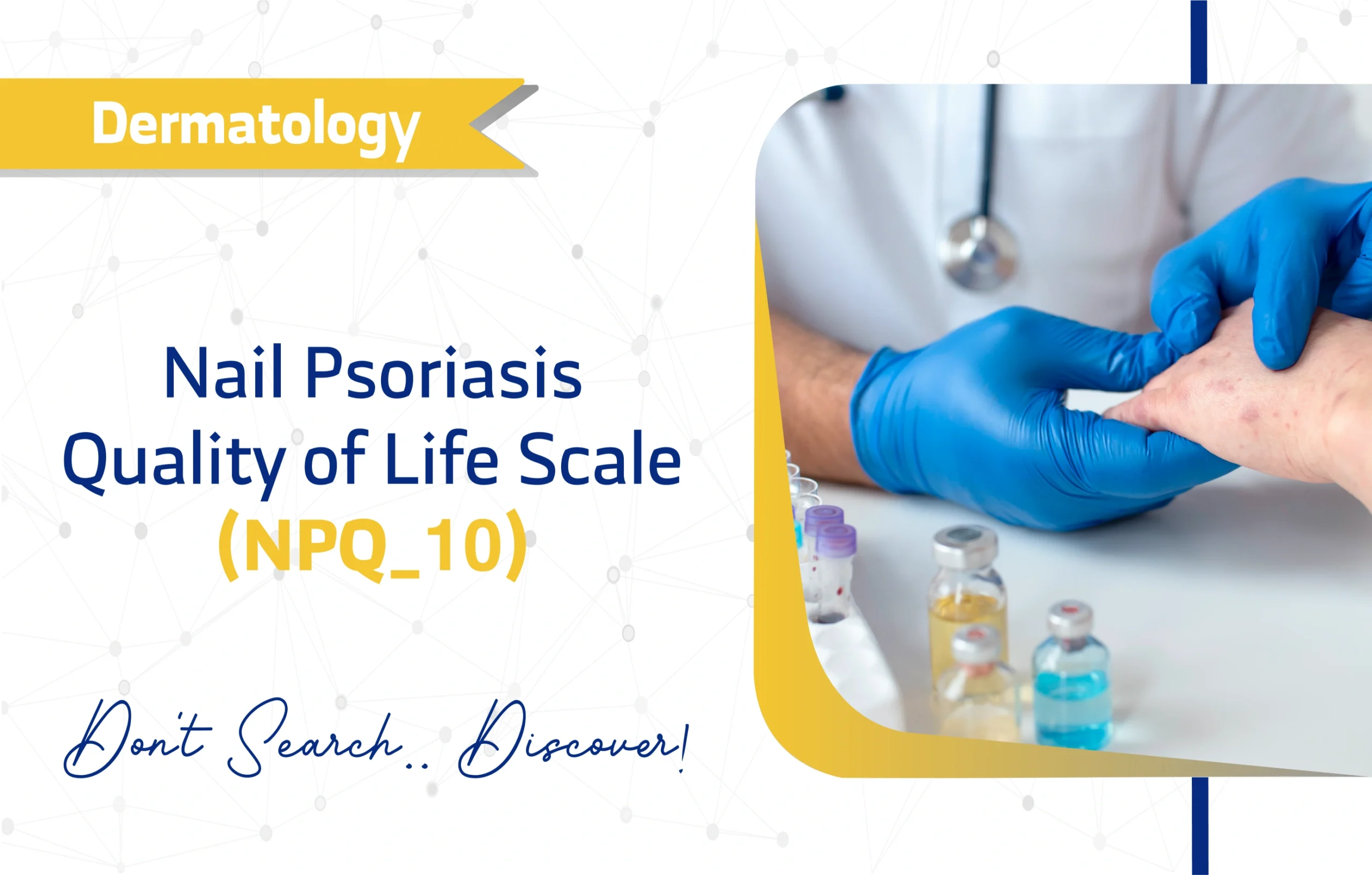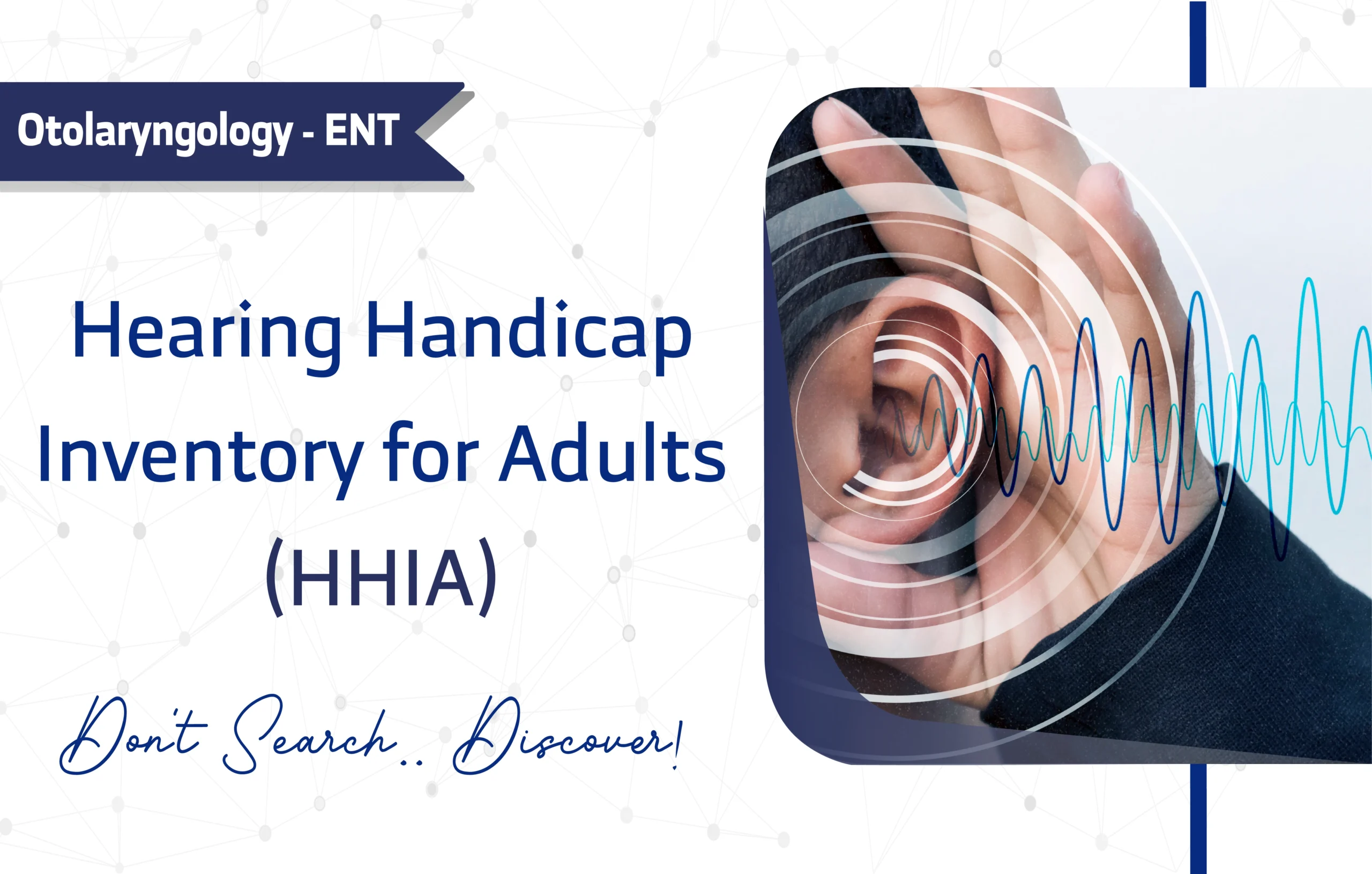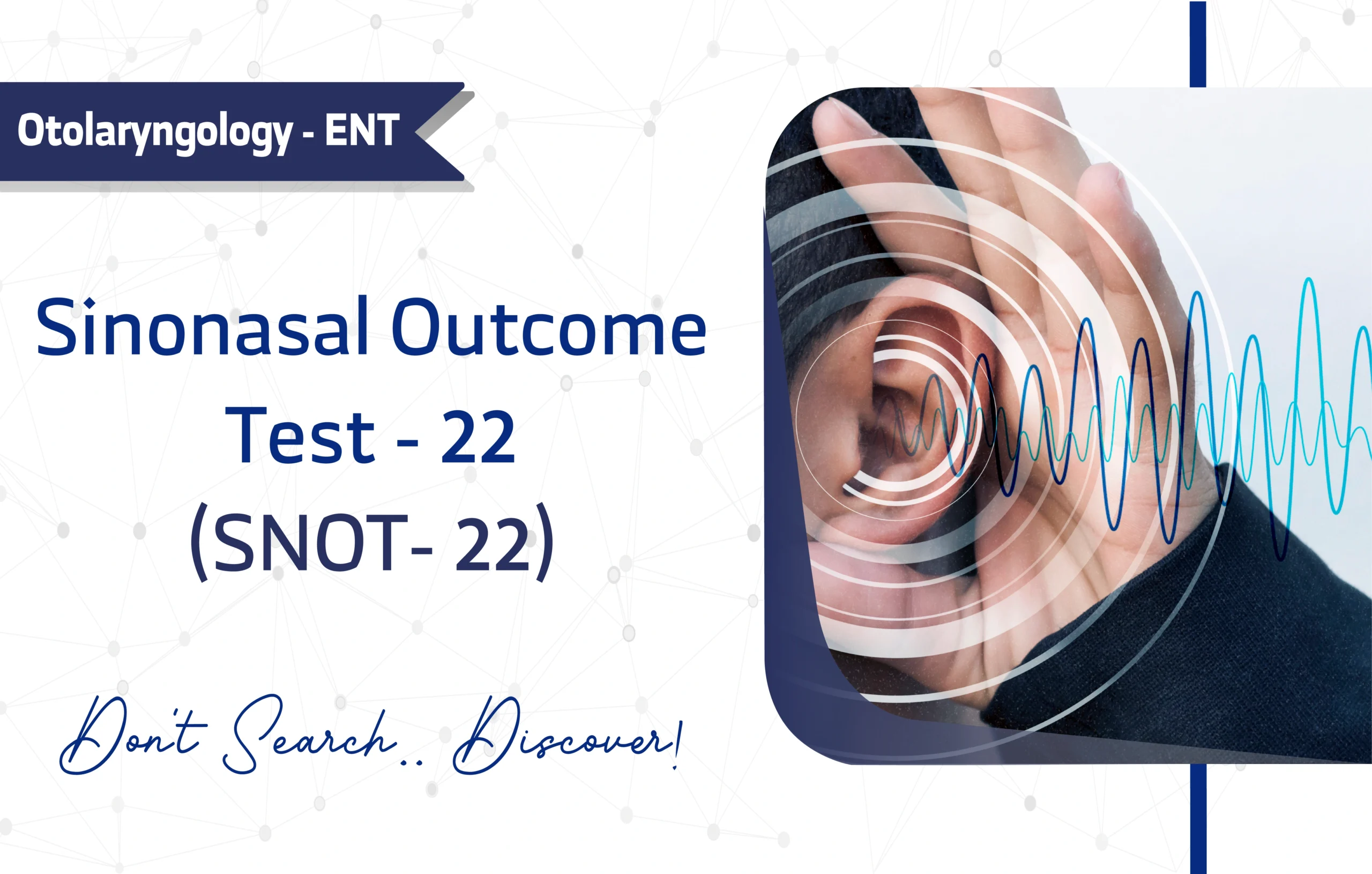Introduction
Nail psoriasis significantly affects patients’ quality of life, impacting daily activities, emotional well-being, and physical functioning. The Nail Psoriasis Quality of Life Scale (NPQ-10), developed by Augustin et al. in 2007, is a specialized tool designed to quantify this burden. Published by the National Psoriasis Foundation, the NPQ-10 is widely used in dermatological research and clinical practice to assess patient-reported outcomes. Notably, studies like Ortonne et al. (2010) highlight its reliability, With over 1,500 citations on Google Scholar.
Consequently, this article provides a comprehensive guide for researchers and clinicians, detailing the NPQ-10’s features, applications, and validation to support evidence-based dermatology.
Key Features of the Nail Psoriasis Quality of Life Scale (NPQ-10)
Purpose and Use
The NPQ-10 is designed to measure the quality-of-life impact of nail psoriasis in adults aged 18 and older. Specifically, it evaluates how nail symptoms affect daily activities, emotional distress, and physical functioning. Consequently, it serves as a critical tool for screening, monitoring, and treatment planning in both clinical and research settings.
Target Population
Validated for adults (18+ years), the NPQ-10 is suitable for diverse patient groups, including young adults, middle-aged adults, and seniors. Importantly, it is tailored for individuals with nail psoriasis, ensuring relevance across varying disease severities.
Structure
The NPQ-10 comprises 10 items, each addressing specific sub-domains:
- Symptoms: Pain and discomfort caused by nail changes.
- Daily Activities: Limitations in tasks like writing or grooming.
- Emotional Impact: Embarrassment or distress due to nail appearance.
- Physical Functioning: Restrictions in manual dexterity or mobility. Questions utilize a Likert scale (0–3), with higher scores indicating greater impairment.
Scoring Method
The NPQ-10 employs a Likert scale, with total scores ranging from 0 to 30. Although no formal cut-off scores exist, higher scores reflect greater quality of life impairment. For instance, clinicians can interpret scores contextually to gauge treatment efficacy or disease progression. Moreover, the scoring method is straightforward, making it accessible for busy practitioners.
Administration Format
The NPQ-10 takes 5-10 minutes to administer, making it highly efficient. It can be conducted via:
- Paper-based forms
- Digital (Online) platforms
Its self-administered format, requiring no specialized training, enhances its practicality for busy clinical environments.
Applications of Nail Psoriasis Quality of Life Scale (NPQ-10)
The NPQ-10 is highly versatile, offering multiple applications:
- Screening: Identifies patients with significant quality of life impairments.
- Monitoring: Tracks changes in nail psoriasis impact over time.
- Research: Supports clinical trials by providing reliable patient-reported outcomes. For example, its use in trials has helped evaluate biologics’ efficacy in improving nail psoriasis symptoms.
Languages and Availability
The NPQ-10 is available in multiple languages, enhancing its global applicability:
- Arabic
- English
- Mandarin Chinese
- Spanish
- French
- Russian
- German
- Portuguese
- Japanese
- Hindi
This multilingual accessibility supports its use in international clinical trials and diverse patient populations.
The NPQ-10 is free for academic and clinical use, with an open access license facilitating its adoption in non-commercial settings. However, commercial use requires permission from the publisher. For licensing inquiries, contact the National Psoriasis Foundation or JP Ortonne at mailto:ortonne@unice.fr.
Reliability and Validity
The NPQ-10 demonstrates high reliability, with Cronbach’s alpha values between 0.85 and 0.90, as reported in validation studies. Additionally, it exhibits strong test-retest reliability, ensuring consistent results over time. Validation studies, such as Ortonne et al. (2010), confirm its sensitivity to changes in nail psoriasis severity, reinforcing its utility in longitudinal research.
Validation Study:
- Nail Psoriasis (2010): A European study validated the NPQ-10’s reliability (Cronbach’s alpha = 0.88) and responsiveness to treatment outcomes (link).
Limitations and Considerations
However, despite its strengths, the NPQ-10 has a few limitations:
- Self-report: Respondents may underreport symptoms due to social desirability bias.
- Narrow Focus: Primarily focuses on nail-specific issues, potentially missing broader psoriasis impacts.
Other Versions and Related Questionnaires
Alternative Versions of NPQ-10
- NAPPA: A broader assessment tool for nail psoriasis, including clinical and patient-reported measures.
- NAPSI: Nail Psoriasis Severity Index, focusing on clinical severity rather than quality of life.
Complementary Questionnaires
- Dermatology Life Quality Index (DLQI): Assesses overall dermatological quality of life.
- Psoriasis Disability Index (PDI): Evaluates disability caused by psoriasis, including nail involvement.
Additional Resources
For more information on the NPQ-10 and to access the full questionnaire, visit the following resources:
- You can access the questionnaire as a PDF through this link.
- For inquiries, contact the National Psoriasis Foundation or JP Ortonne at mailto:ortonne@unice.fr.
- For additional NPQ-10 resources, consult the International Psoriasis Council.
Frequently Asked Questions (FAQ)
- Who can use the NPQ-10?
Researchers and clinicians use the NPQ-10 for adults (18+) with nail psoriasis in clinical and research settings. - How long does it take to complete the NPQ-10?
Patients typically complete the NPQ-10 in 5–10 minutes, making it practical for clinical use. - How is the NPQ-10 administered?
It can be administered via paper-based or digital formats, offering flexibility for diverse settings. - Is there any cost to using the NPQ-10?
The NPQ-10 is free for non-commercial use; commercial use requires permission from the publisher.
A word from ResRef about Nail Psoriasis Quality of Life Scale (NPQ-10)
The Nail Psoriasis Quality of Life Scale (NPQ-10) is a concise, reliable, and validated tool for assessing the burden of nail psoriasis in research and clinical practice. Specifically designed to capture patient-reported outcomes, it provides critical insights into how nail psoriasis impacts daily activities, emotional well-being, and physical functioning. Whether you’re a researcher evaluating treatment efficacy or a clinician aiming to enhance patient care, the NPQ-10 empowers you to make data-driven decisions. Consequently, its ease of use and robust psychometric properties make it an essential instrument for improving patient outcomes and advancing dermatological research.
References
- Ortonne JP, Baran R, Corvest M, Schmitt C, Voisard JJ, Taieb C. Development and validation of nail psoriasis quality of life scale (NPQ10). J Eur Acad Dermatol Venereol. 2010 Jan;24(1):22-7. doi: 10.1111/j.1468-3083.2009.03344.x. PMID: 20050290. (link)








